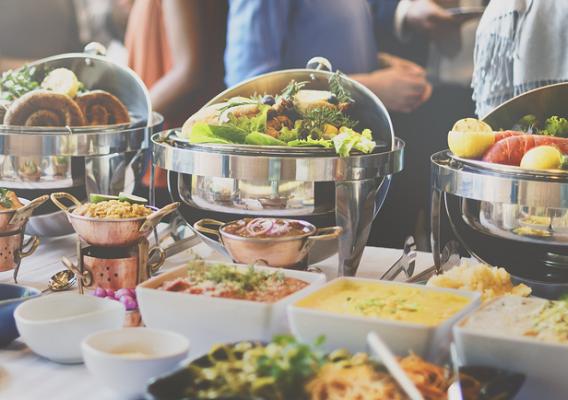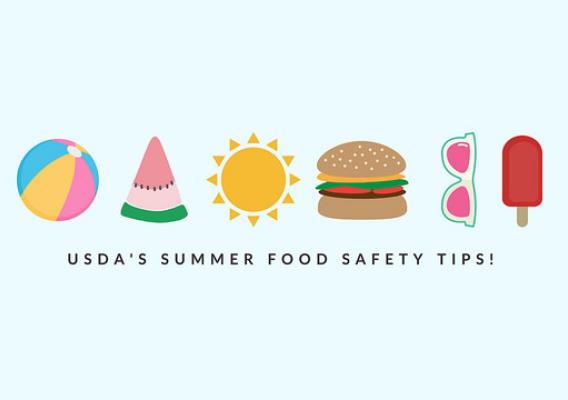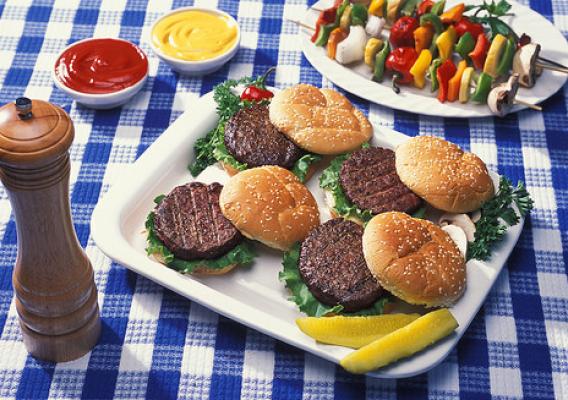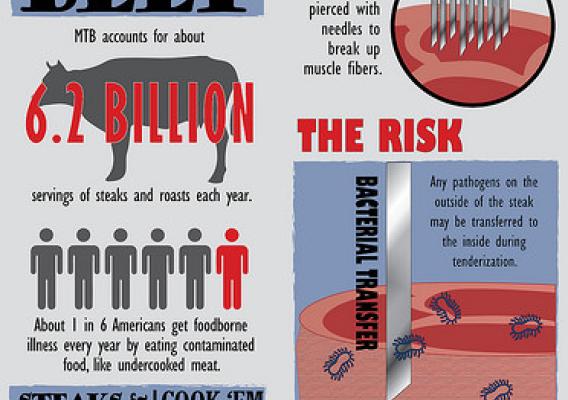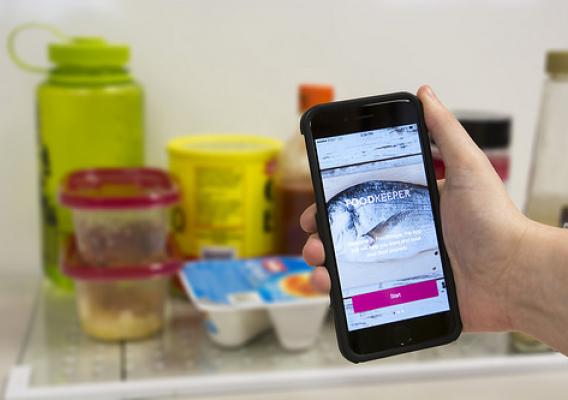This summer and grilling season – which unofficially kicks off in less than two weeks with Memorial Day weekend – American shoppers will see an important new label on some steak packages. Beginning May 17, the U.S. Department of Agriculture’s Food Safety and Inspection Service started requiring meat processors to disclose a common practice known as mechanical tenderization and provide safe cooking instructions so their customers know to handle these products carefully.
Product tenderness is a key selling point for beef products. To increase tenderness, some cuts of beef are tenderized mechanically by piercing them with needles or small blades in order to break up tissue. This process takes place before the beef is packaged but can also occur at the grocery store’s butcher counter, at a restaurant, or in the home. The blades or needles can introduce pathogens from the surface of the beef to the interior, making proper cooking very important. However, mechanically tenderized products look no different than product that has not been treated this way, so without disclosure on the label, consumers may not know about this higher food safety risk.


